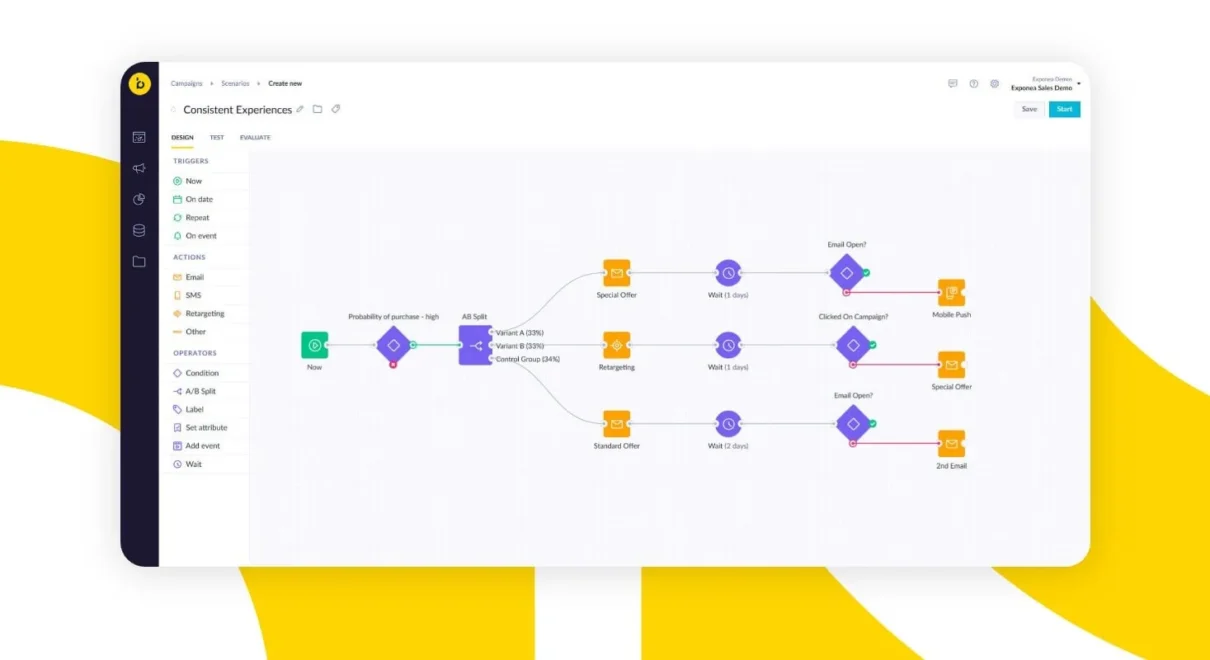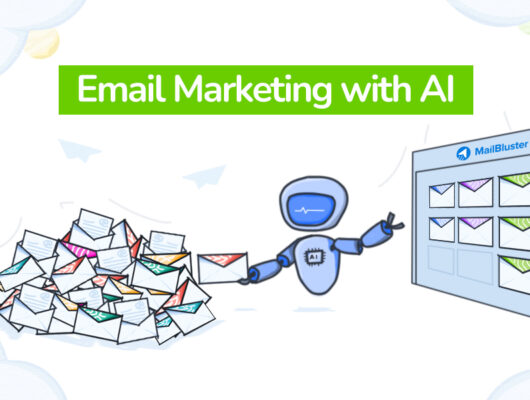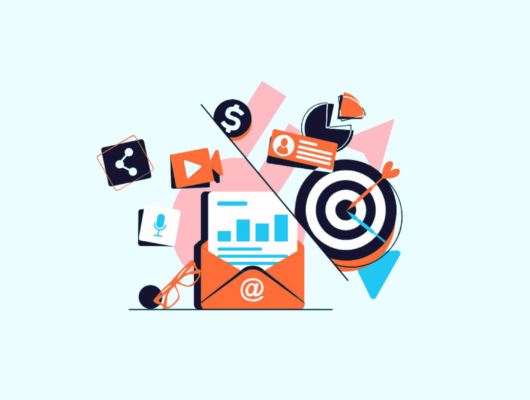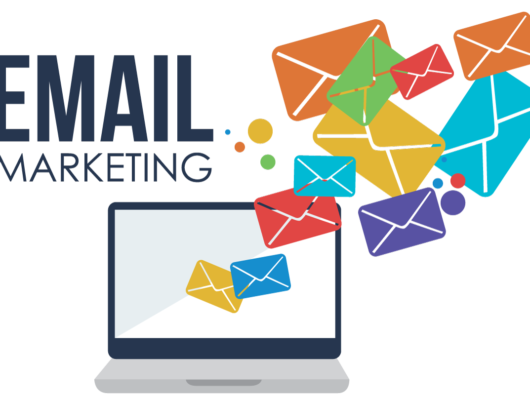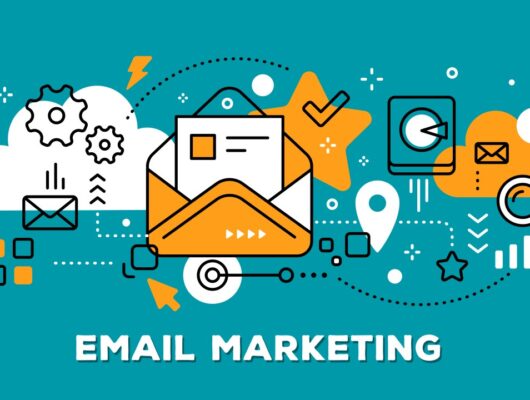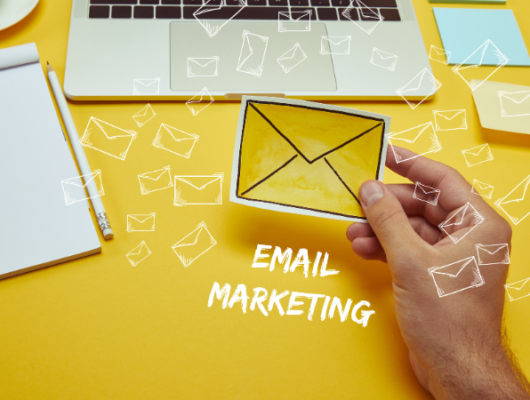Post-purchase follow-up emails are a critical yet often overlooked aspect of email marketing. These emails go beyond just thanking customers for their purchase—they nurture relationships, build trust, and encourage repeat business.
In this article, we’ll explore how to craft effective post-purchase follow-up emails that enhance customer satisfaction and loyalty.
Why Post-Purchase Follow-Ups Matter
- Customer Retention: Engaged customers are more likely to make repeat purchases.
- Enhanced Experience: Helpful content adds value to the buying process.
- Word-of-Mouth Promotion: Happy customers are more likely to refer others.
- Feedback Collection: Post-purchase emails provide an opportunity to learn and improve.
Key Components of a Great Post-Purchase Email
- Timely Delivery: Send the email within 24-48 hours after the purchase to maintain momentum.
- Personalization: Use the customer’s name and specific product details to make the email feel tailored.
- Value-Driven Content: Include information or offers that enhance the customer experience.
Types of Post-Purchase Follow-Up Emails
1. Order Confirmation and Thank-You Emails
- Purpose: Reassure customers by confirming their order details and expressing gratitude.
- Content Ideas:
- Order summary (products, price, estimated delivery date).
- A thank-you note for choosing your brand.
- Example Subject Line: “Your Order Has Been Confirmed – Thank You, [Name]!”
2. Shipping Updates
- Purpose: Keep customers informed about their order’s progress.
- Content Ideas:
- Tracking links.
- Estimated delivery date reminders.
- Tips on what to do if there’s an issue.
- Example Subject Line: “Your Order Is on Its Way! 🚚”
3. Product Usage Tips and Tutorials
- Purpose: Help customers get the most out of their purchase.
- Content Ideas:
- A quick-start guide or tutorial video.
- FAQs or care instructions.
- Example Subject Line: “How to Make the Most of Your [Product]”
4. Request for Feedback or Reviews
- Purpose: Gather insights and build trust through reviews.
- Content Ideas:
- A short survey link or review request.
- Incentives for leaving feedback (e.g., discount codes).
- Example Subject Line: “How Did We Do? Tell Us and Get 10% Off!”
5. Cross-Sell or Upsell Suggestions
- Purpose: Encourage additional purchases by suggesting complementary products.
- Content Ideas:
- Recommendations based on the purchased item.
- A time-sensitive discount for a related product.
- Example Subject Line: “You May Also Like These [Category] Favorites”
6. Loyalty Program Invitations
- Purpose: Introduce customers to your rewards program to encourage long-term engagement.
- Content Ideas:
- Benefits of joining your loyalty program.
- Sign-up links and bonus offers.
- Example Subject Line: “Join Our Rewards Program and Earn Points Today!”
7. Customer Support Check-Ins
- Purpose: Show that you care by ensuring the customer is satisfied with their purchase.
- Content Ideas:
- Contact information for customer support.
- Links to FAQs or troubleshooting resources.
- Example Subject Line: “Everything OK with Your [Product]? We’re Here to Help!”
8. Exclusive Offers for Repeat Purchases
- Purpose: Reward customers for their loyalty with special discounts or early access.
- Content Ideas:
- A coupon code for their next order.
- Announcements about upcoming sales.
- Example Subject Line: “A Special Thank-You Gift Just for You 🎁”
Best Practices for Post-Purchase Emails
- Maintain a Friendly Tone: Keep your tone warm, professional, and helpful.
- Be Clear and Concise: Avoid overwhelming customers with too much information.
- Include a Call-to-Action (CTA): Whether it’s leaving a review or checking out a related product, make the next step clear.
- Mobile Optimization: Ensure your emails are easy to read and navigate on all devices.
- Test and Analyze: A/B test different subject lines, layouts, and content to see what resonates best.
Examples of Effective Post-Purchase Email Sequences
- Day 0: Order Confirmation Email.
- Reassure customers with order details and a thank-you message.
- Day 2: Shipping Notification Email.
- Keep them updated about their delivery.
- Day 5-7: Product Tips Email.
- Help them maximize their purchase.
- Day 10-14: Feedback Request Email.
- Ask for a review or rating.
- Day 20: Upsell or Loyalty Program Email.
- Encourage future engagement with personalized offers.
Conclusion
Post-purchase follow-up emails are more than just transactional—they’re an opportunity to delight customers, build relationships, and drive repeat business.
By crafting thoughtful, value-packed follow-ups, you can turn one-time buyers into loyal advocates for your brand.
Let me know if you’d like to develop any specific email templates or further details!


